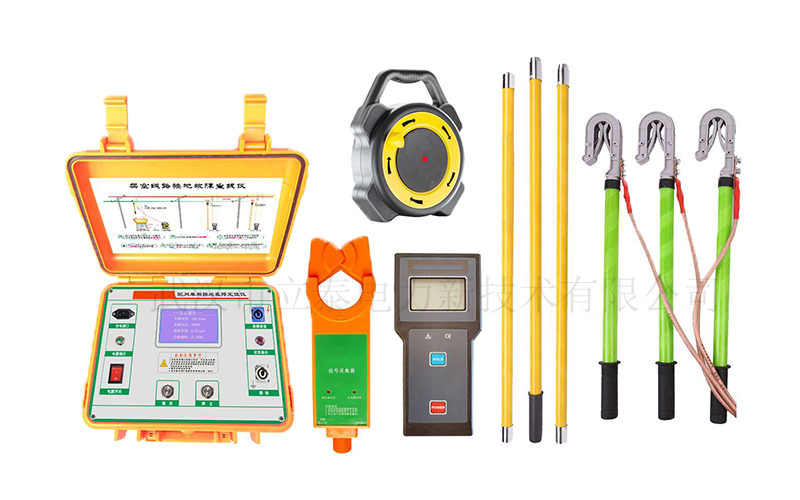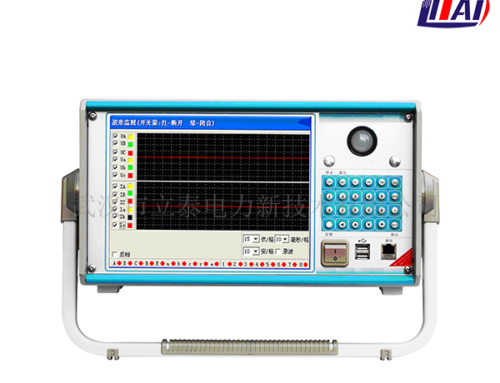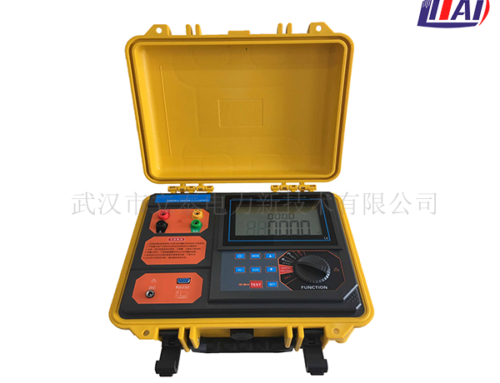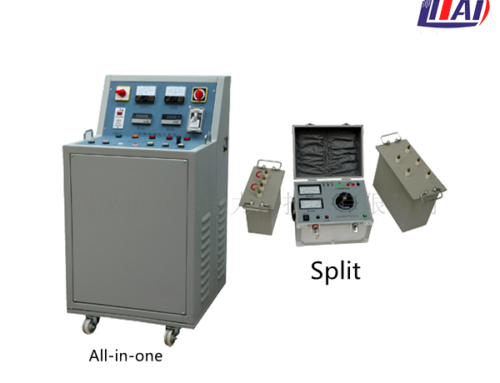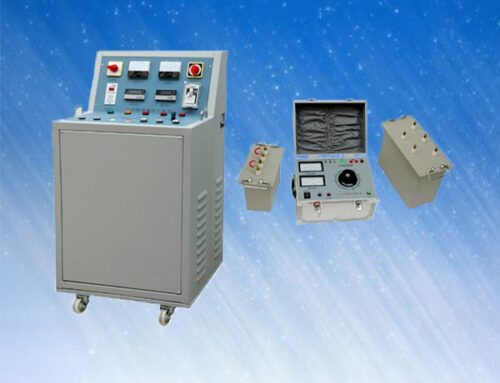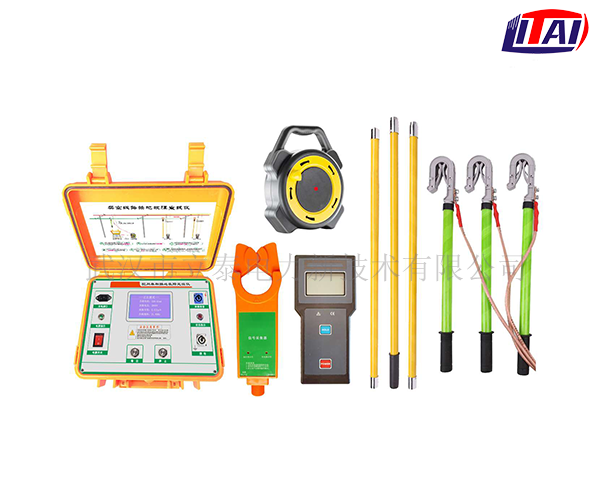
Your Content Goes Here
In recent years, with the implementation of power grid renovation projects, overhead lines have been transformed from the original “two-wire one-ground” power supply mode to a “three-phase three-wire” power supply mode with ungrounded neutral points.It also belongs to ground fault locator. The change of the power supply mode of the overhead line has enhanced the insulation level of the distribution line, reduced the trip rate of the distribution line, improved the reliability of the power supply, and reduced the line loss. However, in the actual operation of the new power supply method, single-phase ground faults often occur, especially in severe weather conditions such as strong winds, heavy rains, hail, snow, etc., ground faults frequently occur, which seriously affect the substation equipment and distribution network Safe and economic operation of the company. After the fault occurs, due to the wide range of line lengths, it is difficult to quickly and accurately find the fault point by adopting traditional methods such as push and pull section by section, and tower inspection step by step.
The working principle of the LTJKX overhead line single-phase ground fault locator is to quickly and accurately locate the grounding point after the fault line is powered off, which can realize the rapid search of the distribution network equipment in the event of a fault. Reduce the labor intensity of line maintenance personnel, save time and effort, and improve work efficiency, power supply reliability and economic benefits of power enterprises.
Grounding is more common in rural distribution network lines. When a ground fault occurs, it is often used to find the ground fault point by shaking the meter and manually climbing the pole visually. We know that using the meter to check the wire is to cut the circuit repeatedly and then shake it section by section, which is very troublesome and time-consuming. Moreover, the meter can only be shaken to 2-3kV, which is grounded or invisible to high resistance The ground fault is powerless; and the manual visual inspection method of climbing poles gradually takes a lot of time and a lot of manpower and material resources. This backward tracking method is extremely incompatible with the high level of automation in today’s power grids. Countless electric power workers have made great efforts for a long time to solve this problem, but there are still no satisfactory results. Therefore, it has become a major technical problem that has plagued the power sector for decades.
The company has combined the domestic DC ground fault location technology, low current ground fault location and other working principles, invented the “S injection method” principle, and successfully developed the “high voltage constant current open circuit, AC signal automatic tracking and positioning” technology, based on Fu Developed this product, and made major breakthroughs in 6kV, 10kV, and 35kV operation methods. It solves the problem of customer complaints caused by unable to restore power transmission due to long time no ground fault point and the economic benefit caused by the reduction of power sales; it also solves the problem of finding ground faults by manually climbing poles step by step due to crowded tactics And the problem of consuming a lot of manpower and material resources.
The LTJKX overhead line single-phase ground fault locator can find the ground fault point in a very short time. The single-phase ground fault locator has built-in battery power supply. It can work for more than 6 hours at a time and weighs less than 8 kilograms. It is practical and convenient, which solves the above problems and makes the power failure line inspection more accurate, fast, convenient and easy. Unparalleled superiority of traditional methods.

